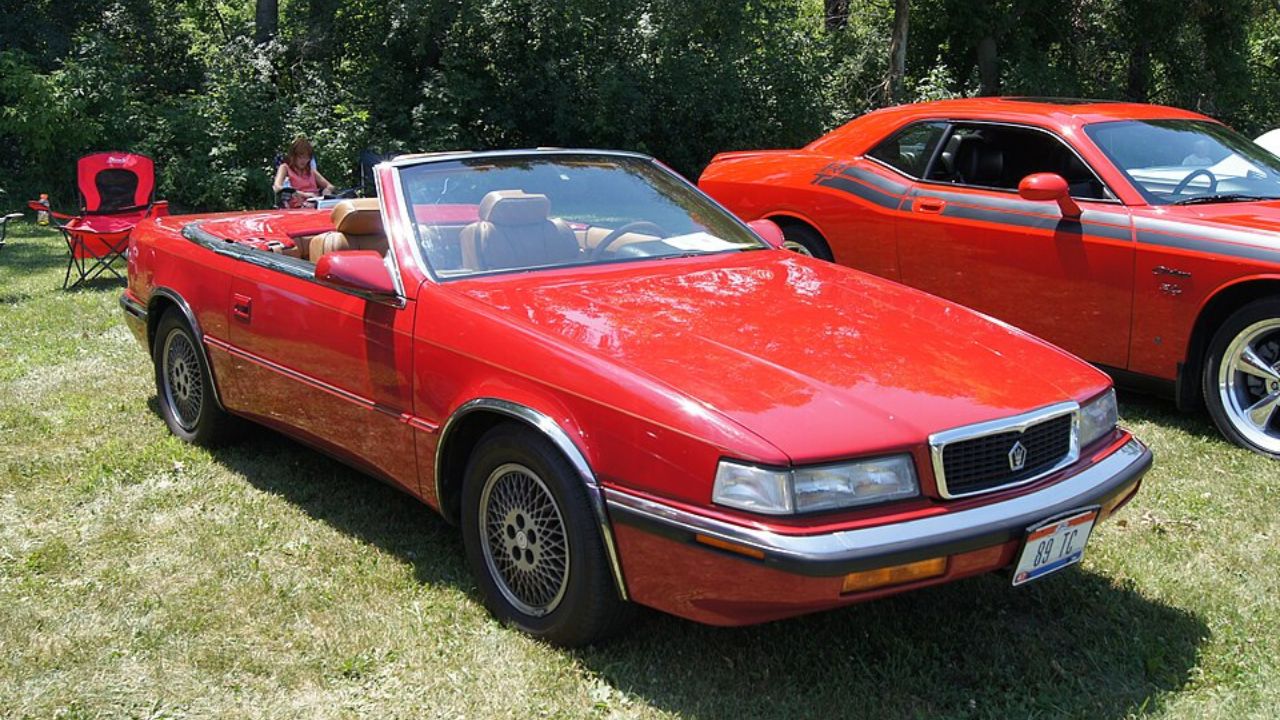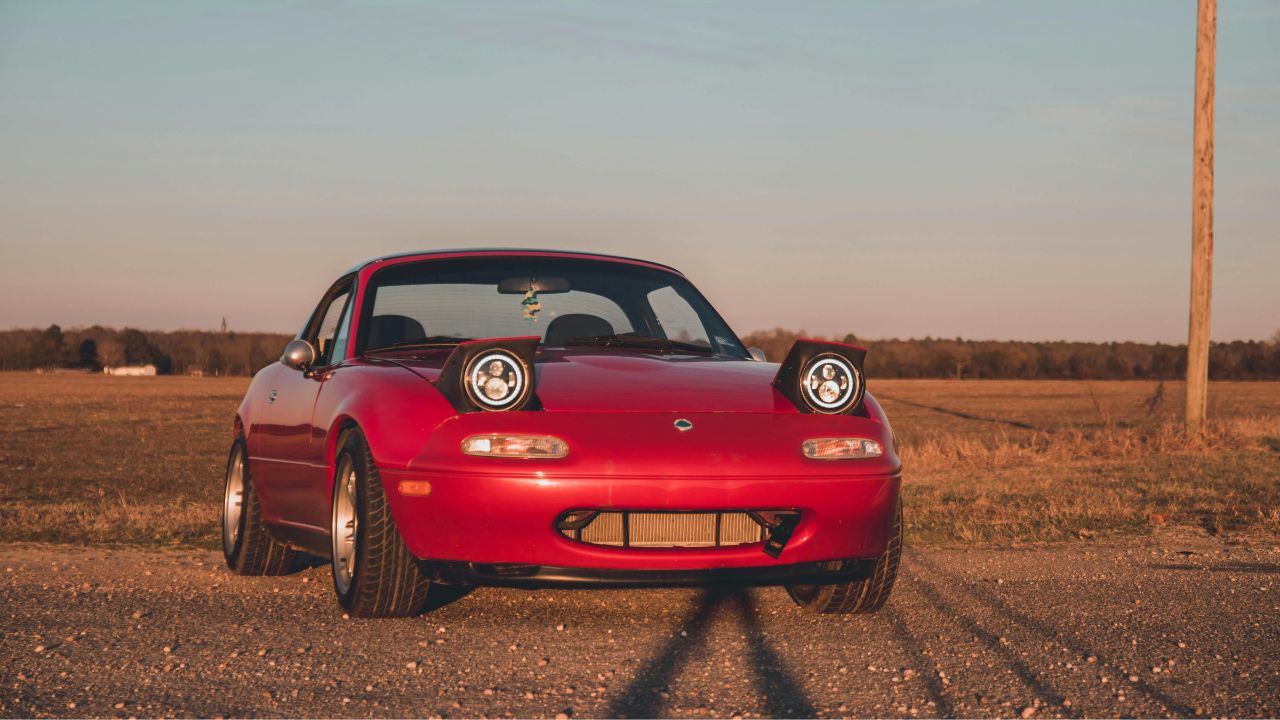The 1957 Chevy Bel Air wasn’t just a car—it was a statement. With its sharp tailfins, wide chrome grille, and serious V8 options, it helped define an era where style met power in all the right ways. Whether you’re into factory originals or custom builds, the ’57 Bel Air still draws crowds and respect. If you think you know it all, think again—these 10 facts dig deeper into what made this classic such a standout.
It Was the Final Year of a Three-Year Design

The ’57 Bel Air wrapped up Chevy’s wildly successful Tri-Five run, which started in 1955. Each year brought styling changes, and 1957 came out swinging with bigger tailfins, a wide grille, and bold trim.
It wasn’t just a facelift—it was a full statement. Chevy pushed the Bel Air to look upscale without crossing into Cadillac territory. That final-year flair is a big reason why the ’57 is still the most recognizable of the bunch.
The Fuel-Injected 283 Made History

Chevy offered a 283 cubic-inch V8 with optional Rochester Ramjet fuel injection—making up to 283 horsepower. That was the first production engine to hit one horsepower per cubic inch, and it turned heads in the performance world.
Fuel injection was a big deal in 1957, even if most buyers stuck with the four-barrel carb version. Either way, the 283 delivered solid power and helped set the tone for small-block V8 dominance in the years to come.
It Had More Than Just Looks

While the ’57 Bel Air is best known for its styling, it wasn’t just a pretty face. Buyers could get everything from a base six-cylinder to a fully loaded V8 with performance upgrades. You could even add a NASCAR-style heavy-duty suspension.
That made the Bel Air versatile. It could be a comfortable cruiser, a Saturday night street brawler, or anything in between. That blend of style and substance helped it stay popular long after new models rolled out.
The Tailfins Weren’t Just for Show

By 1957, tailfins were part of the design language—and the Bel Air had some of the sharpest around. But they weren’t just thrown on for flash. They gave the car a longer, lower look that matched what buyers wanted at the time.
Those fins, paired with anodized aluminum trim and gold badging on V8 models, gave the Bel Air a more premium appearance. Even parked next to higher-priced cars, it held its own in the style department.
It Came in a Range of Body Styles

The ’57 Bel Air lineup wasn’t limited to just one look. Chevy offered a 2-door coupe, convertible, 4-door sedan, 4-door hardtop, and even wagons like the iconic Nomad. That made it easier for the car to reach a wider market.
You could go sporty or practical—and everything in between. The 2-door hardtop and convertible are the most collectible today, but back in the day, the versatility of the lineup helped the Bel Air show up just about everywhere.
It Was a Popular Platform for Custom Builds

From the early hot rod scene to modern restomods, the ’57 Bel Air has always been a favorite for builders. It’s got the lines, the proportions, and enough parts availability to make it a solid base for just about any direction.
Plenty of people have dropped in modern drivetrains, updated the suspension, or kept it all period-correct. Either way, it’s a car that holds up whether you’re chasing nostalgia or carving corners with a crate motor.
The Nomad Wagon Still Turns Heads

The two-door Nomad wagon was part of the Bel Air series and became a standout in its own right. It had unique sheet metal, slanted B-pillars, and more stainless trim than anything else in the lineup.
It wasn’t the most practical wagon—cargo space took a hit due to the design—but it was definitely the coolest. Today, Nomads are among the rarest and most desirable Tri-Five models, especially when restored or well-preserved.
It Helped Cement Chevy’s Reputation

By 1957, Chevy had already built momentum with the ’55 and ’56 models—but the ’57 Bel Air sealed the deal. It became the car everyone knew, from small towns to city streets. And it helped Chevy dominate in both sales and cultural visibility.
The combination of design, performance options, and affordability hit the sweet spot. If you had one back then, you were doing alright. If you’ve got one now, you’re probably getting thumbs-ups everywhere you go.
It Was a Movie and Pop Culture Staple

The ’57 Bel Air has shown up in more movies, TV shows, and music videos than most cars ever will. It’s part of the American muscle and cruising identity, showing up in everything from American Graffiti to rockabilly album covers.
That visibility helped keep the car relevant for decades. Even people who aren’t into cars usually recognize the silhouette. It’s a rolling icon that managed to stay cool in every generation since.
It Still Has a Massive Fan Base Today

More than six decades later, the 1957 Chevy Bel Air isn’t just a collector’s item—it’s a living piece of car culture. You’ll see them at every major cruise night, car show, and classic car auction.
Parts are easy to find, communities are strong, and values keep climbing. It’s not just nostalgia—it’s a car that genuinely earned its spot in the spotlight. And if you ever see one roll by in perfect condition, you’ll understand why it never really went away.
*This article was hand crafted with AI-powered tools and has been car-fully, I mean carefully, reviewed by our editors.







Leave a Reply